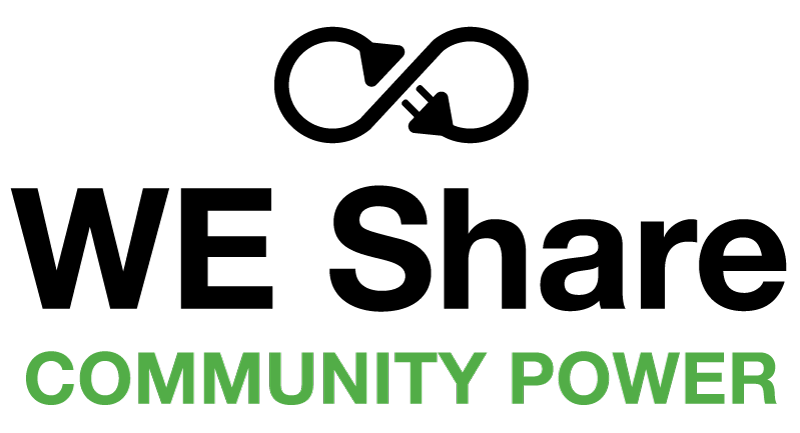Ownership & Cooperative Governance
WE Share’s ownership model is designed to protect local sovereignty, empower community-led decision-making, and prevent private extraction of shared value. This is not a corporate asset—it is a living commons.
Legal Structure
WeShare and the Energy Services Cooperative are proposed as two distinct but community-owned entities. Ownership of core assets—including data, infrastructure designs, and digital tools—is structured to remain under community stewardship through these cooperatives and associated non-profit frameworks.
Cooperative Principles
WeShare applies the core principles of cooperative governance:
- One member, one votedecision-making
- Transparent financials and operations
- Surplus reinvestedin community-benefit initiatives, not extracted for private gain
- Values-based participationas a condition of membership and access
Relationship to Strategic Partners & Collaborators
WeShare collaborates with several key enabling partners—Ecotricity, SEANZ, Vector, and OurEnergy—whose technical insight, infrastructure capabilities, and strategic guidance are fundamental to the success of this initiative. We recognise that each of these organisations brings its own operational mandates and commercial responsibilities, and we are committed to working collaboratively in a way that honours both community values and partner contributions.
While WeShare maintains community ownership and governance, our model is not adversarial or exclusionary. These partners participate under values-aligned memoranda of understanding (MOUs) that ensure shared intent, respectful boundaries, and mutual accountability. Together, we aim to co-create resilient, transparent, and innovative energy systems that benefit all parties and the wider public good.
Trust and Kaitiakitanga
The model draws on guardianship principles (kaitiakitanga), placing responsibility on WeShare to uphold long-term wellbeing, ecological integrity, and intergenerational fairness. This includes:
- Commitment to data sovereignty and ethical use of digital systems
- Inclusion of tangata whenua and cultural partners in governance pathways
- Ongoing engagement with community groups, rangatahi, and educational institutions to uphold shared stewardship
Accountability Mechanisms
- Regular community forums and transparent reporting
- Rights of revocation if alignment is breached
- Conflict-of-interest disclosure required of all participants
- Stakeholder engagement agreements tailored to role types (e.g., technical providers, creative contributors, allied organisations)
- Public position statements and open participation channels to invite feedback, correction, and ongoing collaboration
This section forms part of the living governance model and is reviewed with each significant community replication.
End of Document – Section 2.4 Ownership & Cooperative Governance

